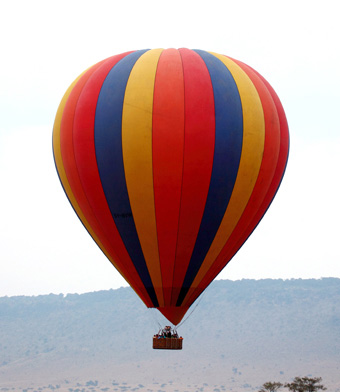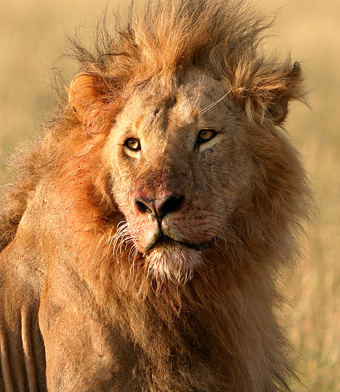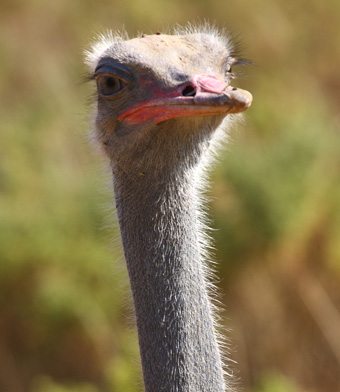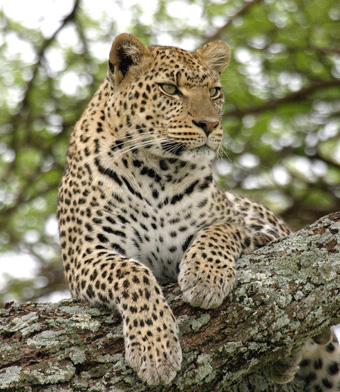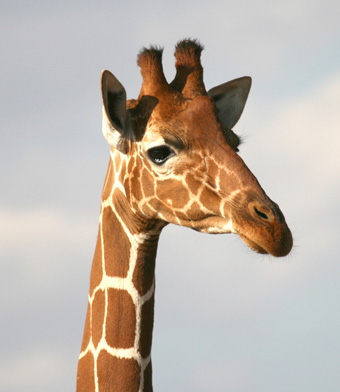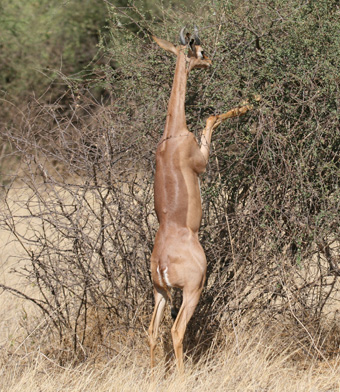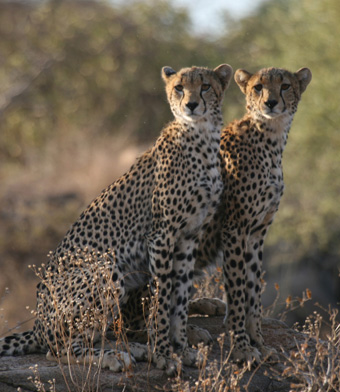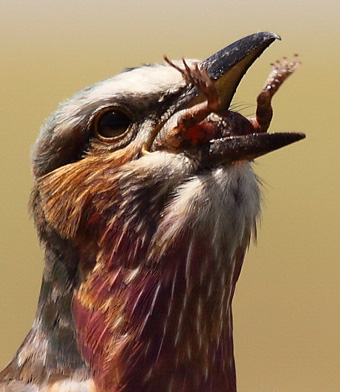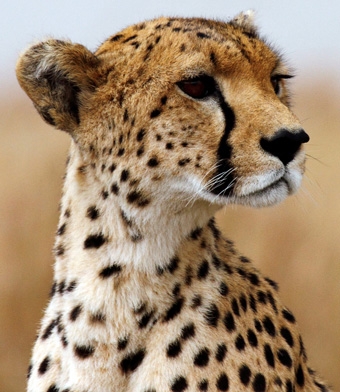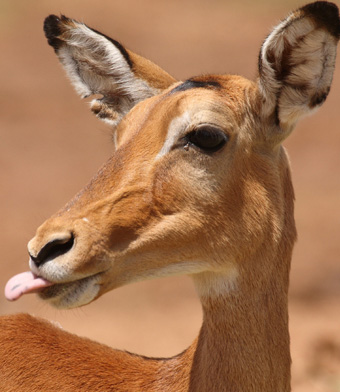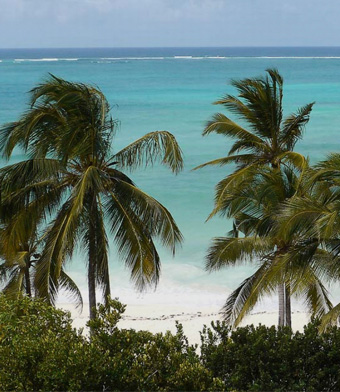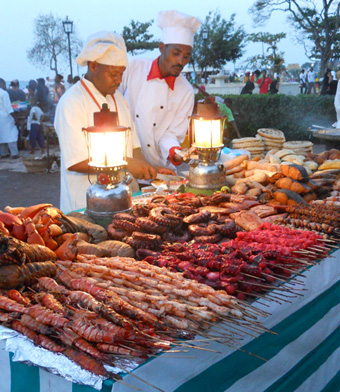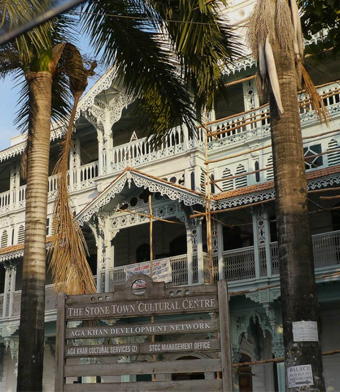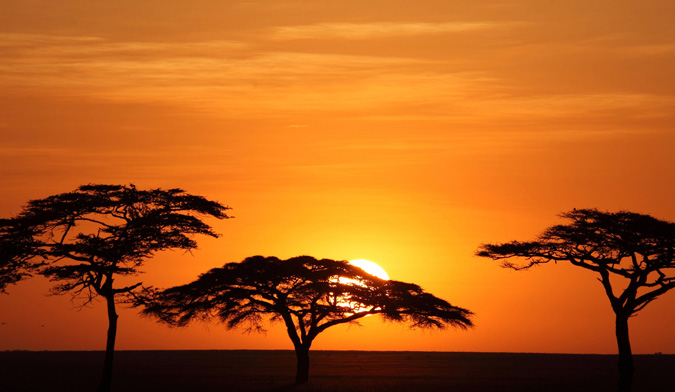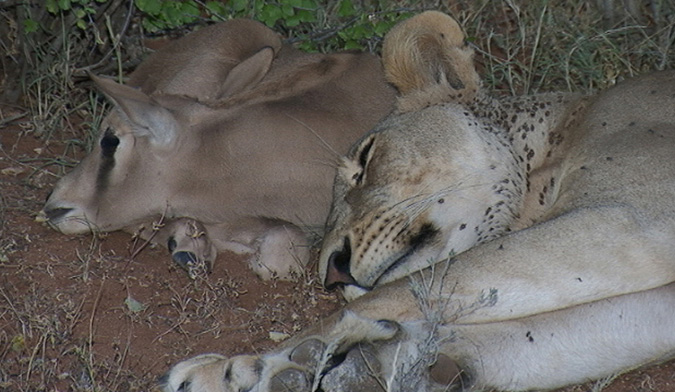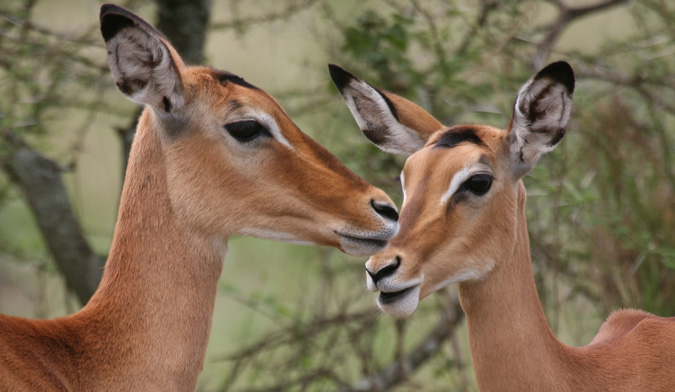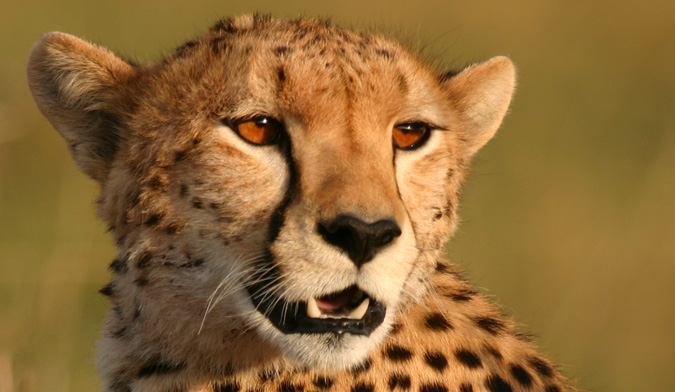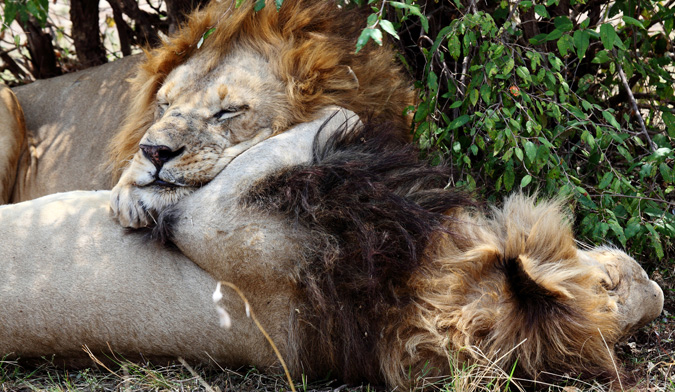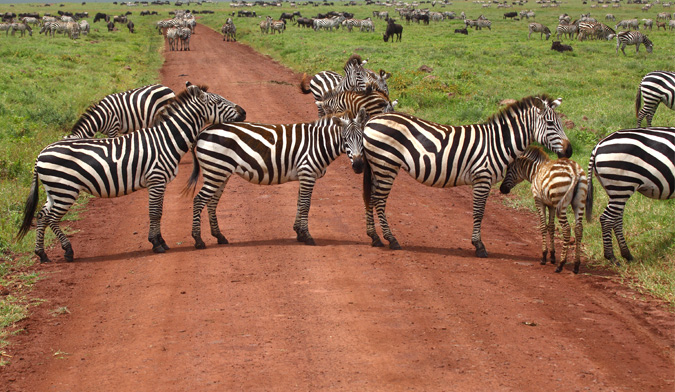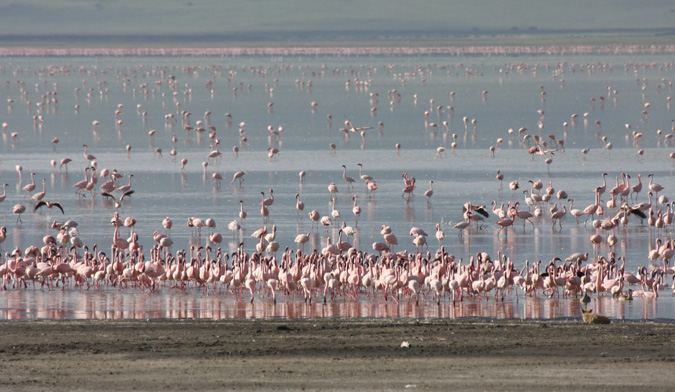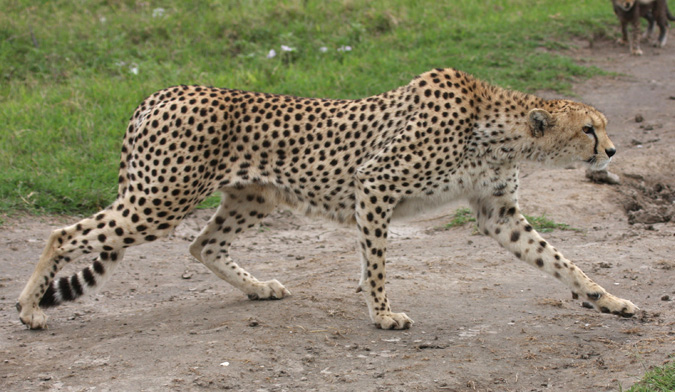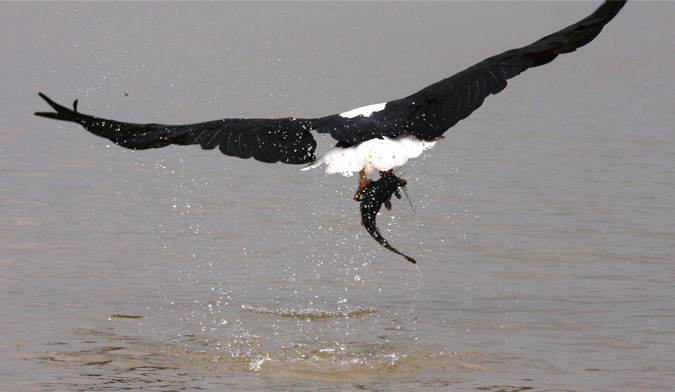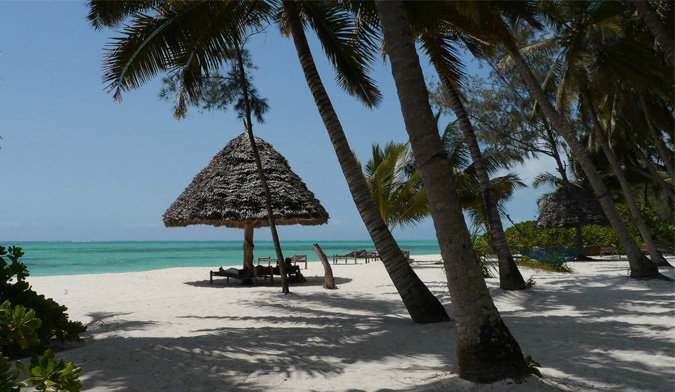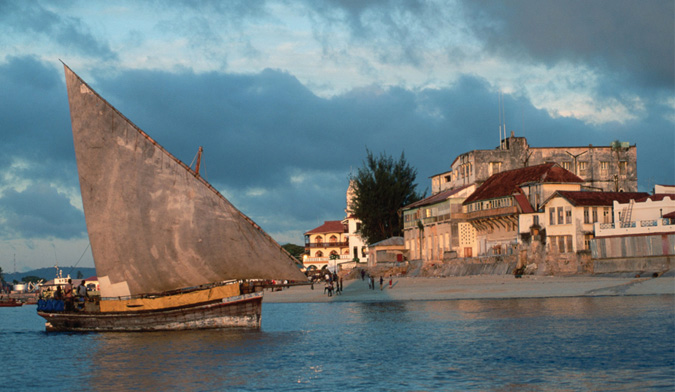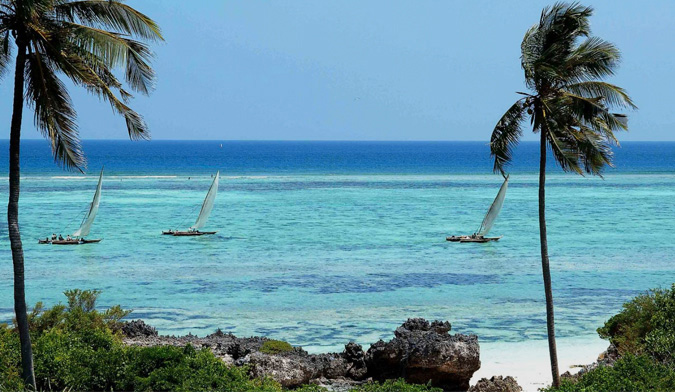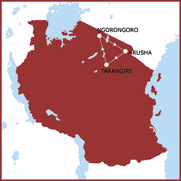 |
duration 3 nights - 3 and half days place of departures city hotels; reference route KS233 day of departures wednesday; transport landcruiser 4x4 |
|
- itinerary
- tariff
- lodges
- parks
Day 1 Arusha – Tarangire Park - 125 km / 2h approximately
Depart after lunch (not included) from Arusha to Tarangire Park. En route game drive in the park, arriving in the evening. Dinner and overnight at Kirurumu Tarangire Camp (or similar).
Day 2; Tarangire Park
Full day game drive in this beautiful national park dominated by huge baobab trees, and famous for its large elephant population. Full board at Kirurumu Tarangire Camp (or similar).
Day 3; Tarangire Park - Ngorongoro Crater - 160 km / 2h30 approximately
After breakfast, depart to Ngorongoro Conservation Area. Picnic lunch and descend into the crater. Afternoon game drive in the spectacular crater floor. Dinner and overnight at Crater Forest Tented Camp (or similar).
Day 4; Ngorongoro Crater - Arusha - 215 km / 3h approximately
After breakfast depart for Arusha, arriving in the late morning. Along the way you can visit a typical Maasai village (entrance not included)
Prices are per person for the entire itinerary
from 16 december 2014 to 19 december 2015
Prices from US$ 1.140 per person in a double room
The safaris are guaranteed with a minimum of two people from 16/12/2013 to 31/03/2014 and from 01/07/2014 to 31/10/2014 and with a minimum of four people from 01/04/2014 to 30 / 06/2014 from 11.01.2014 to 15.12.2014
The guarantee of a seat is always subject to availability of space in the car and in the lodges indicated in the itinerary. The safari may be necessary to reverse the parks without, however, changing its quality..
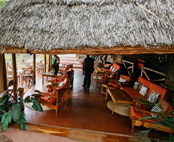 |
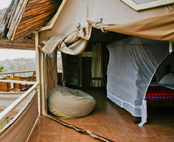 |
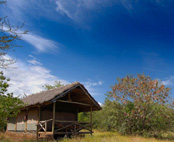 |
Kirurumu tented camp
A beautiful tented camp built on the cliff overlooking the Rift Valley and with a superb view over Lake Manyara. The camp, with all the amenities, is immersed in the bush, giving guests the wonderful feeling of tranquillity and peace.
The camp has 27 tents, 2 suites for honeymooners, 2 cottages for families, all with private bathroom, hot and cold water. You can relax in a beautiful bar overlooking the enormous Rift Valley.
The camp is 10 minutes from the Manyara airstrip and about two hours of excellent road from Arusha.
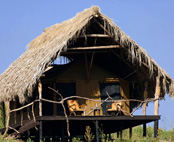 |
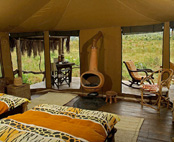 |
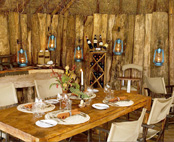 |
Crater Forest Tented Camp
Founded on a coffee plantation at an altitude of 1,800 meters above sea level, the lodge occupies previously cultivated fields directly bordering Ngorongoro Crater.
At a small cost tours can be arranged to see how coffee is grown, harvested and processed .
The lodge is managed as an "eco-lodge" built on platforms with magnificent views over the Ngorongoro Forest. The 15 tents are spacious and all equipped with a bathroom with a hot shower, African-style fireplace and porch.
Tarangire National Park
It is the vast number of baobab trees that first captures the eye as you enter Tarangire National Park. The gently rolling countryside is dotted with these majestic trees, which seem to dwarf the animals feeding beneath them.
Although elephant will be the primary focus of our time in Tarangire, it has plenty of other animals for us to see. It is spectacular at the height of its season, during the dry months of July to December, when the animals migrate, many of them daily, to the permanent water of the Tarangire River. The species seen is very diverse from a large population of elephants to wildebeest, zebra, buffalo, impala, gazelle, and eland range along the dry river banks. With a smorgasbord of wildlife, predators are ever present. During these months, you would be witness to the second largest concentration of wildlife per square kilometre within Africa! It is second only to Ngorongoro Crater. The animals aren't the only factor that impresses so many of our guests but the large variety of habitats provides us with amazing birdlife of over 550 species. This is a long park and as one ventures further south it becomes increasingly wild, exciting and unpredictable.
By mid March the place is brittle and dry as towering purple-grey clouds gather over the horizon heralding Biblical thunder storms of lighting and rain sweeping across the plains, creating raging torrents from the dusty luggas. Overnight some of the animals start migrating back to the vast Maasai Steppes that surround this park to pastures new until, in the month of June onwards, the sun dries the bush once more to start wildlife’s long trek back to Tarangire River. The circle of life begins.
Tarangire Park is wild and varied. To us it is a wonderful park, truly “Africa Uncompromised”.
Conservation Area of Ngorongoro Crater
After winding up through the rain forest on a snaking road and cresting the Crater Rim, the view is breathtaking. Beneath you the entire crater can be seen 600 metres below.
This crater should correctly be called a caldera, when a volcano grows to a great height before collapsing, leaving a crater. This small world of animals has rightly earned a reputation as one of nature’s wonders. It holds as many as 50,000 animals living in a balanced ecosystem of 250 square kilometres. You will see almost every animal from enormous elephants, rhinos, hippos, many species of antelope, lions, leopards, cheetah and much more. There is a large variety of vegetation to enjoy from the verdant rain forests clothing the surrounding rim to the swamps, soda and clear water lakes, expansive plains and soda pans on the crater floor. With a picnic, you can spend the entire day or afternoon in this wonderland holding more ungulates and carnivores per square kilometre than anywhere else in the world.
The area (8,228 sq. Km) extends out from the crater and includes vast plains and the famous Olduvai Gorge, where the Leakey family discovered some of the oldest fossil bones of our ancestors.
In this vast area there are other craters, such as Olmoti, Lake Empakaai Crater and Mount Oldonyo Lengai and the Gol Mountains, offering those who want to venture into this wilderness for an exciting "off road" experience. A choice to suit all tastes.
